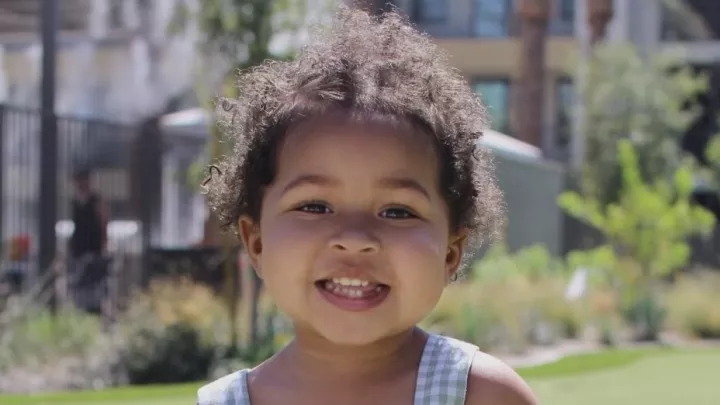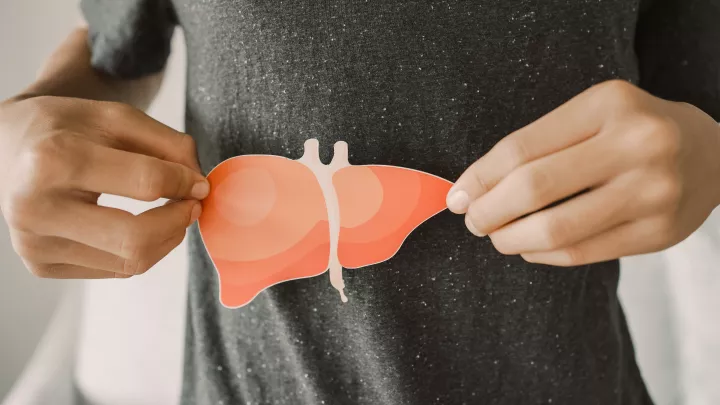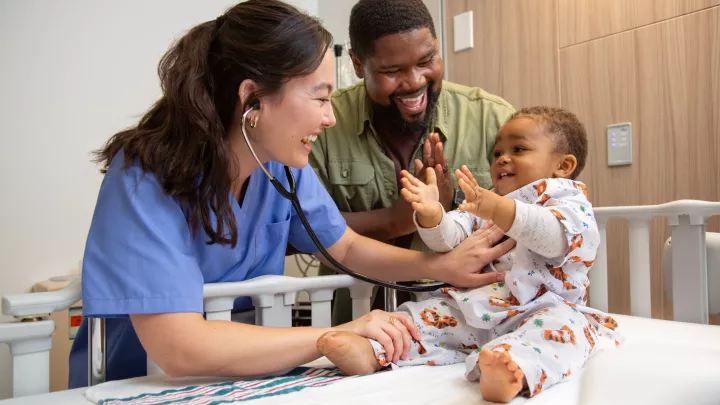Liver Transplant Diagnosis and Treatments
Experts in our Liver Transplant Program use advanced technology to evaluate the health of your child’s liver. These diagnostic tests help our team determine if your child needs a liver transplant—and how urgently they need one.
Does Your Child Need a Liver Transplant?
The Liver Transplant Program at Children’s Hospital Los Angeles is one of the best in the country. If tests indicate your child needs a liver transplant, we get them on the national transplant waitlist quickly—often within a week of their initial evaluation. Your child may be able to get a new liver faster through our living donor liver transplant services.
Pediatric Liver Transplant Evaluations
We perform comprehensive tests to determine the type and severity of your child’s liver condition. Our doctors use these test results to calculate a Pediatric End-Stage Liver Disease (PELD) Score for children younger than 12, or a Model for End-Stage Liver Disease (MELD) Score for children 12 and older.
The national United Network for Organ Sharing (UNOS) relies on these scores to allocate and match appropriate deceased organ donors to children who need new liver. MELD scores range from 6 (least sick) to 40 (most sick). PELD scores range from negative numbers below zero (least sick) to 99 (most sick). The higher the MELD or PELD score, the more urgent the need for a liver transplant. Your child’s score may change over time as their condition improves or worsens. If your child needs emergency or urgent liver transplant, they can be listed as Status 1A or 1B.
These diagnostic tests may take place during your child’s liver transplant evaluation and as they wait for a liver transplant.
Blood tests
A blood test can identify high levels of bilirubin. This waste product builds up in a child’s blood when there are liver or bile duct problems. Bile ducts are tubes that carry bile from the liver to the gallbladder. Biliary atresia (missing or blocked bile ducts) is one of the top reasons a child needs a liver transplant. Symptoms of this condition are evident soon after birth.
Blood tests also identify:
- Blood type for future organ matching
- Genetic liver disorders, such as alpha-1 antitrypsin deficiency
- Metabolic liver diseases, such as Wilson disease
- Molecular markers and genetic changes (mutations) in liver tumors and liver cancer
Imaging scans
Our radiology and imaging team uses sophisticated technology to capture high-quality images of your child’s liver and surrounding abdominal organs.
Your child may get one or more of these imaging scans:
- CT scan or MRI of the abdomen is required for every patient listed for a liver transplant
- Ultrasound to check for an enlarged liver or bile duct blockages
- Nuclear medicine scan (hepatobiliary scan) to track the flow of bile out of the liver
- Cholangiogram (a type of X-ray that uses an injectable dye) to look for bile duct blockages
Liver biopsy
During a biopsy, our pediatric surgeons remove small samples of tissue from your child’s liver. Your child receives general anesthesia and is asleep for the procedure. Our molecular pathologists and geneticists perform advanced molecular testing on these liver tissue samples.
A liver biopsy can help identify:
- The diagnosis of the liver disease
- Gene changes (mutations) linked to certain liver disorders
- Liver tumor markers and liver cancer
- Signs of liver inflammation and scarring
Exploratory surgery
Our general surgeons perform exploratory surgery to look for bile duct blockages and signs of liver damage. They may insert a laparoscope (thin tube with a camera and light on the end) into a small incision in your child’s belly. Or they may examine the liver through a larger, open abdominal incision. A cholangiogram X-ray to check for bile flow may also take place during exploratory surgery.
If our surgeons determine your child has blocked bile ducts (biliary atresia), they immediately perform a procedure to restore bile flow and prevent additional liver damage. This pre-transplant treatment is called the Kasai procedure.
Pre-Liver Transplant Treatments
Some children may need medications or surgeries while waiting for a liver transplant. Our surgeons have extensive expertise in performing complex liver procedures. Your child may also need endoscopy to look inside of the stomach or colon.
Kasai procedure
The Kasai procedure restores the flow of bile out of the liver in infants who have biliary atresia. This procedure may take place during exploratory surgery to diagnose biliary atresia or within the first months of your baby’s life.
During this procedure:
- Your baby’s surgeon removes the damaged bile ducts that are outside the liver.
- They replace the damaged bile ducts with a small section of your baby’s small intestine.
- Bile then flows from your baby’s liver directly into their small intestine.
The Kasai procedure doesn’t cure biliary atresia. However, it can slow the progression of liver damage and give your child years to grow and get stronger before a liver transplant.
Portal hypertension surgeries
Children with cirrhosis of the liver and other liver diseases may develop portal hypertension. This type of high blood pressure affects the portal vein that carries blood into the liver from the intestine.
Portal hypertension can cause other blood vessels to swell and weaken. These weakened blood vessels, called varices, can cause life-threatening internal bleeding. Fluid, called ascites, can also build up in your child’s belly.
If medications to lower blood pressure or treat ascites don’t help, your child may need more advanced therapies. Our team expertly performs all types of portal hypertension procedures:
- Endoscopic banding: Our doctors thread an endoscope device (scope with a camera and a light) through your child’s mouth and into their esophagus. They surgically place bands around the varices to close them off.
- Paracentesis: Your child’s doctor inserts a needle into your child’s belly to remove excess fluid (ascites).
- Sclerotherapy: Our doctors use endoscopic technology to inject medication into the varices. The medicine causes blood to clot inside the varices, sealing them closed.
- Transjugular intrahepatic portosystemic shunt (TIPS): Your child’s interventional radiologist creates a connection (shunt) between the portal vein and a hepatic vein that carries blood from the liver to the heart. The shunt helps to lower blood pressure inside the portal vein and reduces the risk of internal bleeding.
Liver Transplants at Children’s Hospital
If tests indicate that your child needs a liver transplant, your family is in excellent hands at CHLA. Our transplant surgeons perform many pediatric liver transplants every year. We have excellent long-term results even for the most challenging cases.
Comprehensive pediatric liver transplant options
Because every child’s health situation is unique, we offer all types of pediatric liver transplants, including:
- Liver transplants from deceased donors
- Living donor liver transplants
- Multi-organ transplants
- Bloodless (transfusion-free) liver transplants
Learn more about the types of pediatric liver transplants available to your child.
Exceptional post-liver transplant care
Our doctors pioneered a pain management and intubation protocol that promotes a faster, safer post-transplant recovery for your child. The Enhanced Recovery After Liver Transplantation (ERAL) protocol shortens your child’s stay in the intensive care unit (ICU) from seven days to an average of three days.
We’re able to achieve this by:
- Using a combination of pain medications to minimize your child’s need for opioids
- Starting your child on a clear liquid diet the day after surgery to get their bowels moving faster
- Removing (extubating) your child from breathing support devices while they’re still in the operating room, allowing them to breathe on their own in the ICU
Liver Transplant Care at Children's Hospital Los Angeles
Our expert surgeons perform all types of pediatric liver transplants. Learn more about the leading-edge care our Liver Transplant Program provides.
Contact us
The Liver Transplant Program at CHLA welcomes new patients, referrals and second opinions. Please contact us to make an appointment.
- Phone: 323-361-5454
- Email: liver@chla.usc.edu
- Second opinions: onlinesecondopinion@chla.usc.edu or visit Online Second Opinions


